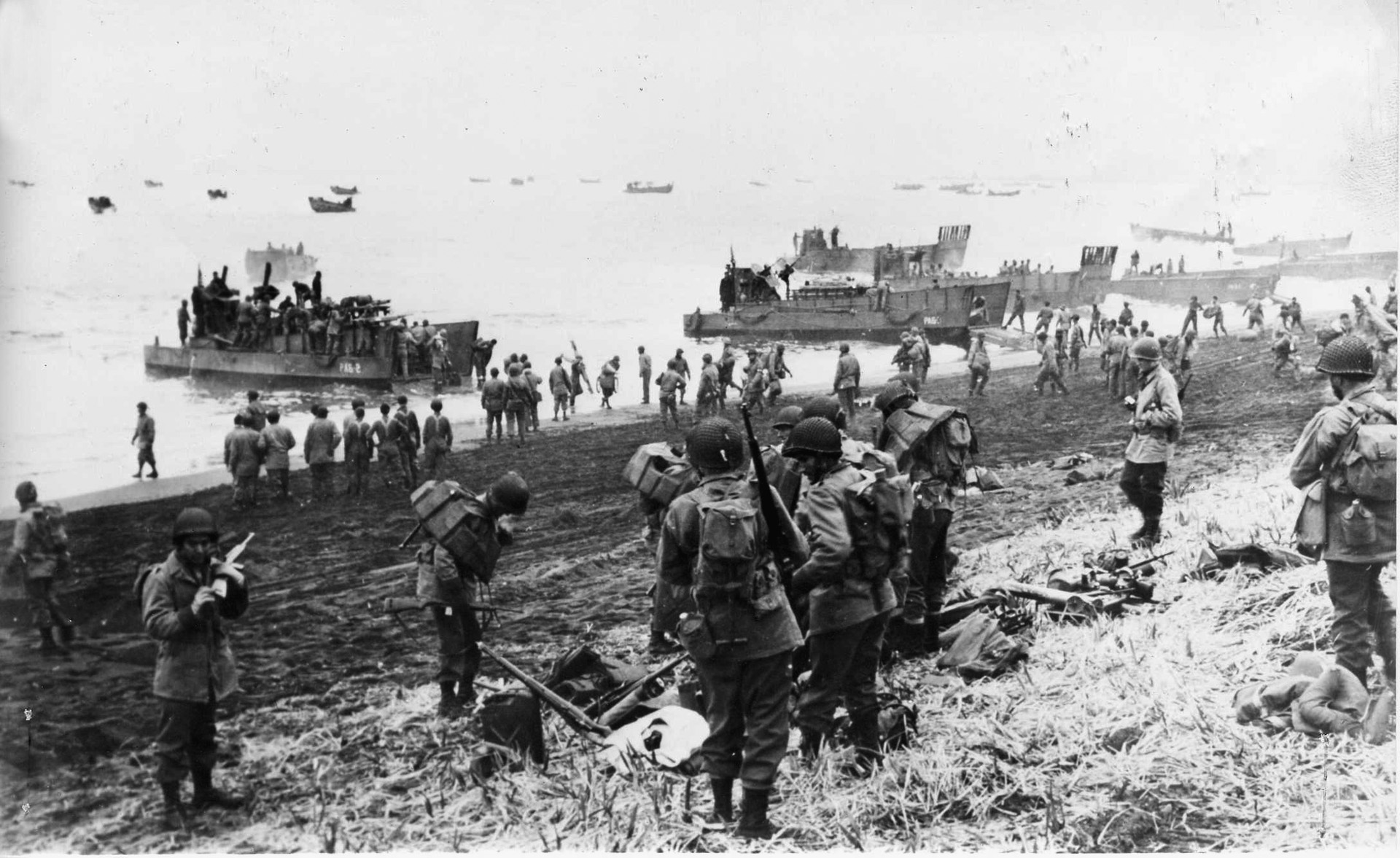Since time began, conflicts have ravaged nearly every country on earth. Despite poetic pleas for peace, love, and understanding, men, women, and children continue to perish in the name of protecting land, defending religion, and achieving ultimate power.It all began with man-on-man combat with awkward wooden clubs, which were soon upgraded with sharpened stones on the ends to increase the weapons’ deadly power. Next, some clever caveman became the leader of the pack when he drenched his crude arrowhead in an extract from a poisonous plant, increasing its lethalness. Weapon refinement continued for centuries and with the onslaught of the Industrial Revolution, troops brandishing lances, swords, and muzzle-loading muskets marched and rode horseback into war. These infantries were followed by stationary cannons firing cast iron balls, making victories easier with the simultaneous elimination of many soldiers.As progress marched on, weapon development kept up the pace. Unbelievable strides in technology made mass destruction quicker and easier. During this amazing evolution, there were armament milestones that altered the course of history, for better or worse.
MARK I “MOTHER” TANK

Although arguably most famous for his Mona Lisa masterpiece, Leonardo DaVinci was also a sculptor, architect, musician, mathematician, engineer, inventor, anatomist, geologist, cartographer, botanist, and writer. But not many realize he also developed an incredible tank prototype in 1487, although tanks were not used in war battles until World War I, over four centuries later. DaVinci’s Mark I “Mother” tank was shrouded in nearly unfathomable metal armor, had more munitions than several platoons of soldiers, and was equipped with massive caterpillar tracks that could navigate almost any terrain from bogs to lakes, mountains, and deep valleys, destroying everything and everyone in its path. The British first utilized these tanks to decimate heavily armed German trenches. By World War II, tanks made trench warfare obsolete.
GREEK PHALANX
Over two centuries before DaVinci’s tank was conceived, Greek soldiers conceived and implemented one of the most visually striking weapons in history. In 750 BCE, the Greek Phalanx was an exquisite team effort that battalions of soldiers scrupulously planned and executed. The soldiers armed themselves with protracted spears called Sarissa and each man had a shield protecting his body from the neck to right below the knees. The warriors stood side by side in a rigid formation and interlocked their shields with one another to create the Phalanx. Moving in unanimity, the Phalanx was analogous to a human tank, a practically inescapable armored entity that tolerantly dominated the Mediterranean through consummate teamwork, persistence, and strength of mind.
BOW & ARROW

The bow and arrow are seldom considered a major force in the history of weaponry although the primitive defense mechanism played a key role in a huge number of conflicts that shaped nations all over the world. Many historical records name bows and arrows as the most influential battle weapons as far back as 12,000 years, and into the 16th century. Ancient Egyptians, Huns, Avars, Magyars, and Mongols all wielded grand bows and arrows to effectively defeat enemies all over the planet. However, modern bows and arrows are generally used only in archery competitions and game hunting.
HELLEBORE
Biological warfare strikes fear in more people worldwide than any other modern weapon. Many movies rely on the hysterical panic that breaks out when an impending invisible force looms, guaranteed to kill millions of people in just a few hours, to fill theaters. But poisoning opponents is not a novel or recent ploy. Back in 585 BC, hellebore was effectively used to conquer the protectors of Kirrha. The rival forces surreptitiously poisoned the local water with the venomous plant, making the soldiers ill, fragile, confused and powerless to fight back once they ingested it or used it in food preparation.
ATOMIC BOMB

Most agree that the atomic bomb is the most dreadful and vicious weapon on the planet. Before its introduction in the mid-1940s, slaughtering more than a few hundred people in one fell swoop was unthinkable and impossible. In only two incidents in history, two somewhat different types of the atomic bomb killed a probable 200,000 people. In retribution for the bombing of Pearl Harbor, Hiroshima, Japan was bombed on August 6, 1945, followed by a shocking attack on Nagasaki 3 days later. Those assaults were over 70 years ago and even though an atomic bomb hasn’t been launched since it remains the proverbial card-up-the-sleeve in today’s military and political strategies.--Cassie L. DamewoodRead more military articles here.



%201.svg)








